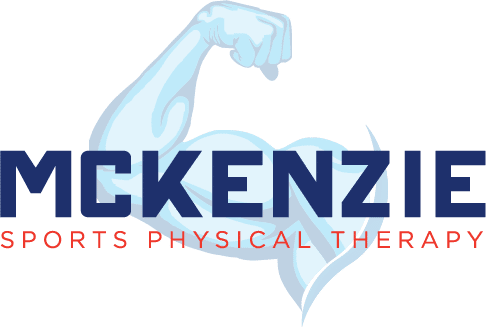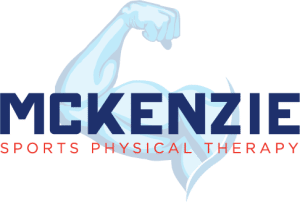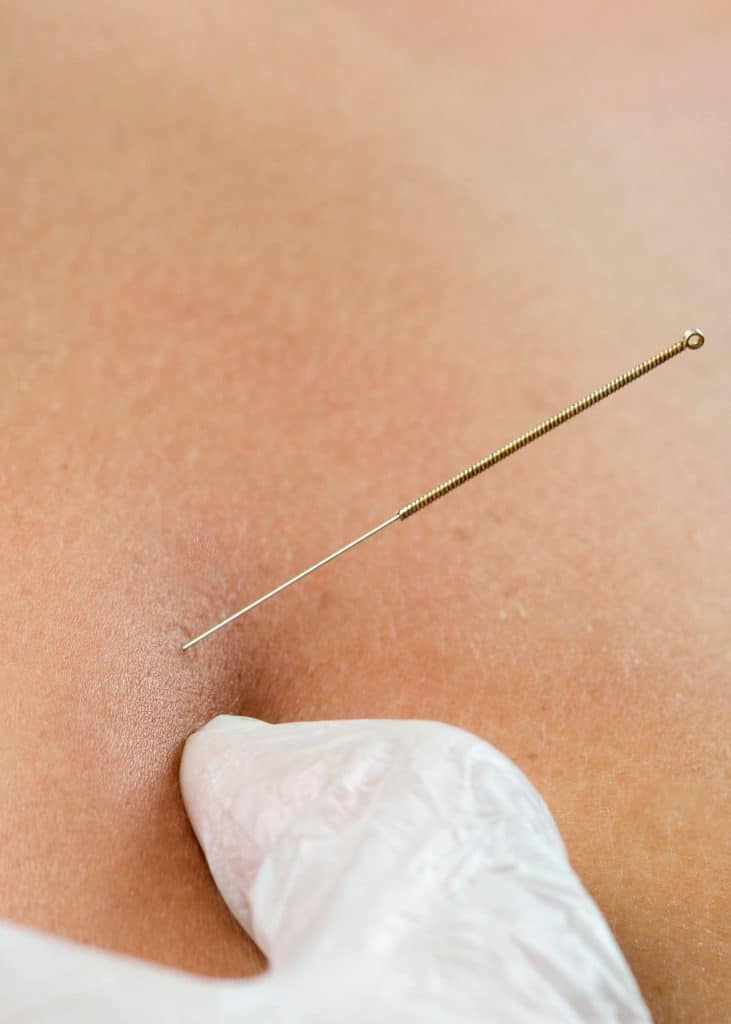Have you ever experienced muscle tightness that limits your sports performance or restricts your ability to move a certain way? How about chronic pain or pain that doesn’t go away despite the injury having fully healed? Dry needling is making waves, and for a good reason—it works, and it works quickly. It has been available at McKenzie Sports Physical Therapy since January and has already transformed lives. We sat down with Dr. Chris McKenzie, the owner and physical therapist, to discuss the treatment.
What is Dry Needling?
Often confused with acupuncture, dry needling involves inserting thin needles into specific trigger points in muscles, tendons, or ligaments. It’s a precise technique designed to target neuromuscular dysfunction and alleviate pain.
“People often confuse dry needling with acupuncture,” Dr. McKenzie explains. “While both use needles, the underlying philosophies are different. Acupuncture focuses on balancing the flow of energy (Qi) through meridians. On the other hand, dry needling is a westernized approach that is more like hitting the reset button on the nervous system.”
Essentially, Dr. McKenzie focuses on the nervous system’s role in pain.
Imagine you have knee pain. Instead of focusing treatment on the knee, Dr. McKenzie looks at the bigger picture.
“Knee pain is often related to the L2 and L3 nerve roots of the spine,” said Dr. McKenzie. “By targeting these roots or associated nerve pathways, such as the sciatic nerve, we can influence the pain signals at the knee.”
Who is a Good Candidate for Dry Needling?
Dry needling can benefit a wide range of individuals, including:
- Chronic Pain Sufferers: Those dealing with pain for months or even years, including pain that persists after an injury has seemingly healed (e.g., a lingering ankle sprain).
- Athletes: Dry needling can be used by athletes experiencing muscle tightness, aches, or pains to release tension and improve performance. By addressing restrictions, athletes can optimize their movement and reduce the risk of injury.
How Dry Needling Helps with Pain, Healing, Muscle Tightness and Sports Performance
The treatment itself releases physical tension that is held within tight muscles. It also improves blood flow, promoting a healthier tissue environment and reducing inflammation, which aids in the healing process.
One key benefit is its ability to address neuropathic pain, also known as “ghost pain.”
“When a nerve continues to send pain signals to the brain even after tissue healing, dry needling can help reset that signal,” Dr. McKenzie explains. “By targeting the affected area, we can interrupt the faulty communication between the nerve and the brain.”
How Many Treatments Are Needed?
The number of treatments needed can vary significantly based on the individual. However, Dr. McKenzie often recommends 3-6 treatments for optimal results.
“Many people experience significant improvement after just a few sessions,” he says. “However, some individuals find the calming effects so beneficial that they continue receiving treatments to maintain their well-being.”
Stories of Success: de Quervain’s Tenosynovitis
Dr. McKenzie shared the results of a patient suffering from de Quervain’s tenosynovitis, a painful condition affecting the tendons in the wrist.
“She had been experiencing pain for over a year, likely due to irritation of the radial nerve, a common occurrence with new mothers who spend much of their day picking up and carrying their baby as well as those performing repetitive hand movements,” he explained.
“After just one dry needling session, she experienced a 75% improvement, so we are now focusing on strengthening the weakness that occurred due to disuse.”
The treatment effectively reset the peripheral nerve signal between her brain and the affected tissue. There was no injury to the hand itself, but the nerve was overactive.
How to Schedule Your Dry Needling Treatment in Philadelphia, PA
If you are interested in exploring if dry needling can help you, schedule an appointment with any of the expert physical therapists (PTs) at his practice. During the appointment, they will carefully assess your condition and create a tailored treatment plan designed to address your specific pain and movement limitations.


